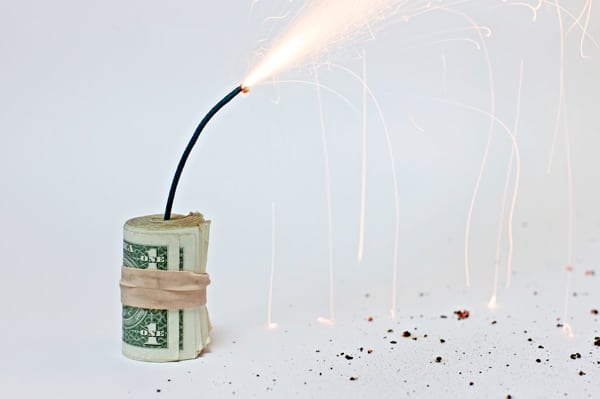
But, does that mean you can just sit on your couch and casually press buy and sell buttons while watching Game of Thrones?
Probably not. The reality is, you’re leaving a world that you’ve been raised to survive in and jumping into one that nothing has prepared you for. In Forex, a different set of rules exist.
As a trader, we know in the back of our minds how important risk management is – not only for our account’s health, but our mental health as well. Get it wrong and you will take a nose drive financially and emotionally – get it right and the returns will naturally flow in.
The approach of the average trader makes it very difficult for them to ever earn profits or sustain real growth from Forex trading.
I talk with a lot of traders everyday, and there seems to be a few common mistakes that keep reoccurring. Today, I wanted to talk about risk management, and highlight some of foundations you might be building your money management ‘mentality’ from, which could be harming your chances of getting where you want to be.
Don’t Be Money Goal Orientated
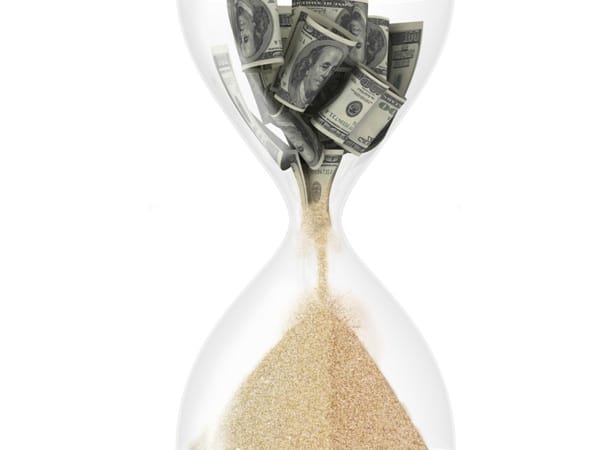
- Can I make 10% per month?
- How many signals per week can I expect?
- How long will it take to double my account with $1000?
All these questions really have a strong focus point – the urgency of making money really fast.
The big issue I have with these kind of ‘goal orientated’ questions, is that you really can’t definitively answer them the way the trader ideally wants them answered.
The market is a dynamic environment. One month could be absolutely pumping, and be ‘easy pickings’ with very lucrative trade signals. The following month could be a complete dead zone, where price consolidates, churns in low volatility, and doesn’t allow you to make any money off price movements.
Don’t try to force rigid monetary, or money management goals on a fluctuating environment. How are you going to meet your criteria if the market flattens out?
Picture this, you’re on the last week of the month:
What are you going to do if you’re no where near close to completing your ‘monthly quota’? How are you going to respond to the self-inflicted pressure you’ve placed on yourself to reach your monetary goal?
With a sense of urgency, you may feel the need to be more aggressive and start forcing trades out of the market, trades that you wouldn’t normally pull the trigger on – but you feel like you need to take decisive action under this pressure.
The best way to remedy this is to not set any goals at all, instead concentrate on becoming an excellent trader who is a ‘master chart reader’ and manages risk very well.
Just learn to embrace what the market offers you.
Only take action when the market offers your system’s trade signal, you know the ones that provide an edge with the probabilities in your favor. So limit yourself to them.
No signal = No trade.
We don’t like admitting that we can’t predict or control what’s going to happen every single time we look at the charts. Sometimes the markets are just noisy and very hostile to trade in, and it is that simple. They become a black hole, you keep throwing money at it, and it gets consumed in consolidation.
Some months you will do well, others you may not see any gains, or even suffer a loss. The last thing you want to do is define your success with absolute numbers leading into self-inflicted emotional pressure, and a negative self-evaluation if they are not met.
The Forex markets are not really designed to send your financials into the stratosphere at breaking speeds. If they were, there would be a lot more Ferrari’s on the road.
If you try to make money fast, you will be taking on incredibly elevated risk – and most people find themselves on the wrong side of it.
Checkpoint
Measuring Success in Pips
If you stop by any public forum you will see traders measuring their trade outcome with pips, or ‘how many pips they are up or down’ for the day.
It’s become the social standard for Forex traders, we’re all used to talking with each other in this fashion, using pips as a reference point for performance.
But, the truth is it isn’t really the correct way for a serious trader to assess how well a trade went, or to evaluate risk.
Pips are just a measurement of distance on the price chart – catching the move is great, but what is more important is how the trade was setup in order to catch the move.
You see, a pip to me will have a different meaning to you, and a different meaning again to another trader. Pips are relative measurements and have relative values.
If you ‘make 150 pips’, but your stop loss was set with a distance of 500 pips – it’s a negatively geared risk/reward trade that doesn’t give you any bragging rights.
Above the example trade is illustrated – It becomes clear how suicidal this type of negative geared trade setup is. You’re risking more pips, in order to make a few.
So you might think someone did already because they ‘won 100 pips’, but if they told you they risked 500 pips to get it, you might hold back the applause.
Also you have to keep in mind a 100 pip move will look very different on say the EUR/USD compared to the EUR/AUD, and different again on Gold. If you seen the EUR/USD move 100 pips, it wouldn’t be uncommon to see the EUR/AUD move 250 pips in the same day. Gold can easily move 2000 pips in one session, and when you compare all the charts side by side, they all look very similar despite the drastic differences in pip movement.
Even though both candlestick charts look the same – they move a drastically different amount of pips for day. Gold moves 10x as much as the EURUSD, but you wouldn’t pick that just by looking at the candlesticks.
100 pips on the EURUSD is not the same as 100 pips on Gold.
Again, pips are a relative measurement and aren’t really comparable to one another across different markets.
To throw things out even further – Pips also contain a ‘pip value’ that is unique to each trade.
A pip value is determined by the:
- lot sizing of your trade
- the quote currency of the instrument you’re trading
- the currency your account is in
If your trading account has USD in it – then any pair that has XXX/USD will have a pip value of $10 per lot. If you where using AUD in your account instead, and trading a XXX/USD pair, then the pip value will be determined by the AUD/USD exchange rate and the lot sizing of the pair you’re trading.
Let’s say GBP/USD was opened with 5 standard lots, and the trading account contained USD – then each pip would be worth $50. The trade would increment or decrement $50 for every pip gained or lost. A 100 pip move ‘in the money’ would put you ahead $5000.
Compare the same situation to another person who takes the exact same trade but uses Australian Dollars instead – the ‘pip value’ will be different, and you need to make up this difference by adjusting your lot sizing to compensate. I won’t get into the math here, that’s all covered in our Price Action Course.
So, when someone tells you that they won 200 pips on their trade – it really doesn’t mean much. If it was the EURUSD, the move was pretty decent, probably a good trade – but if the trade was on Gold, it is much less of an achievement.
Remember, the real measure of a trades success is how much return on investment you were able to get out of it.
The bottom line for trading is money – we’re not trading with magic beans here, we’re looking to make $$$. So, the final outcome of a trade’s performance needs be counted as return on investment.
If you had to risk $1000 to make $100 – then you’re flirting with an account meltdown. If however, you risk $100 and make $1000 you’ve done well, banking 1000% ROI. These sort of trades can happen, I got about 900% ROI on this trade.
We all know to fit into the social crowd, you’ve got to fall back to the classic way of talking about pip moves here and there, but when it comes recording your own data, don’t be a pip counter when measuring your success.
Checkpoint
Under Capitalization

A serious Forex trader knows trading should be treated like a business. New businesses in general have a high failure rate, not just Forex ventures. Even the online startups or the classic brick and mortar stores have a poor success rate .
One of the most common failures for a small business is under capitalization – not having enough money.
The ironic thing with Forex funding is that you can ‘start up’ and operate with small amounts of money. Technically you can trade with initial investments from as little as $100!
Having said that – if you want Forex to generate you $500 a week from a $100 start up, then you’re very under capitalized!
Under capitalization affects a trader deeply on the psychological level.
Under capitalized traders want the high income they desire, but don’t have the account power to make it happen so they are likely to risk more and over expose themselves.
This can lead to a quick wipe out and a frustrated, angry trader.
It’s best to have realistic goals, and save up the money that you really need to be able to generate the kind of returns you want to see. If you aren’t satisfied with what you’re achieving – you’re most likely going to ‘turn up the dial’ to try move the needle more quickly.
Don’t be the one who overexposes their account to massive risk under desperation to hit ‘the big win’. This is a gambling mentality that provides the wrong frame work for a trader to develop their mindset.
It’s better to start up with investment capital that you don’t have to worry about living off of, then you can just concentrate on growing it with good risk management. Once it reaches a certain threshold you’re happy with, you might make the decision to start pulling out money from time to time.
Once you’ve gotten used to the occasional withdrawal and you’re still able to maintain account growth – then you can consider jumping over to full-time trading.
Checkpoint
Cutting Trades Off Too Early
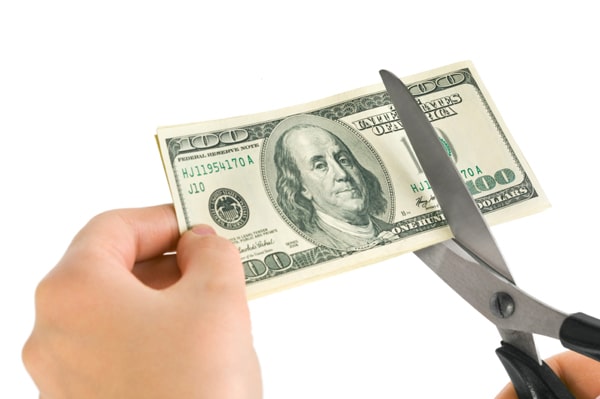
Sometimes you may feel like you need to sit there and babysit your trades and nurture them into profit, or cut them loose if there are any signs of negativity.
You think you’re the caring mother, but what you’re really like is the crazy doctor performing ‘open trade surgery’. Stop ‘hacking’ into your trade and scarring your account.
When a trader makes adjustments to their stop loss or moves a stop loss to break even – or does anything that is outside of the original trade’s plan, it will generally result in an unfavorable outcome.
Don’t sit there and watch your floating P/L, every tick will boil up more and more emotions – especially when the trade ticks against you. By doing this, you are more likely to close a trade based off emotions even when there are no clear exit signals.
Think about all the times you’ve tampered with your open trades and all it has managed to do is deprive you of potential profits that you would have otherwise collected.
Price won’t move in the straight line you want it to. Instead it moves in wave like motions, or a zig-zag kind of pattern. It’s only logical to expect a trade to phase in and out of profit as the market gradually moves where it wants to go. This is the basic principles of swing trading.
Do yourself a favor, set your trade up in a logical manner that you’re confident in and then just walk away. Close your trading terminal down and don’t even look at it until the next day.
This ‘set, forget & collect’ system will do wonders for you, financially, mentally and emotionally.
One of the best ‘hands off’ approaches is to use ‘end of day signals‘, then set and forget them. A lot of traders use this approach to work their trading into a busy life schedule.
A trader could check the markets at a key time, like at the end of day New York close, place their trades and continue with their normal daily routine – like a day job, study, look after the kids, etc.
When you take this hands off approach, it really removes the risk of making those deadly ‘mid-trade’ decisions – and you can catch some really strong market moves with little effort as a result.
I am a big fan of keeping Forex simple by putting less effort into trading, setting trades up, and letting the markets do the rest of the work for me. It’s a good feeling when you only take 15 minutes of your day to analyze the market, set up a trade, and it turns out to produce 600% ROI.
If you would like to learn how to put less effort into the markets, but reap more rewards – you should have a look at the War Room Membership which contains our Price Action Course.
I have 3x money management models inside the course. One specializes in removing risk from the market very quickly, so you can have open trades open with zero risk to your capital, another is a more aggressive pyramid strategy, which is for experienced traders seeking a profit multiplication strategy.
We also have ‘set, forget and collect’ trade builds, as many of the war room traders also have busy lives they need to work around. Set, forget, and collect trading works very well, but if you like to be a bit more active then we do have London breakout setups and the chat room is always buzzing with intra-day trading discussion.
To find out more, check out the War Room Information Page.
I hope you enjoyed today’s article, please leave a comment below and let me know if you’ve caught yourself in some of the behaviors we’ve discussed today.
Good luck on the charts this week, talk soon.

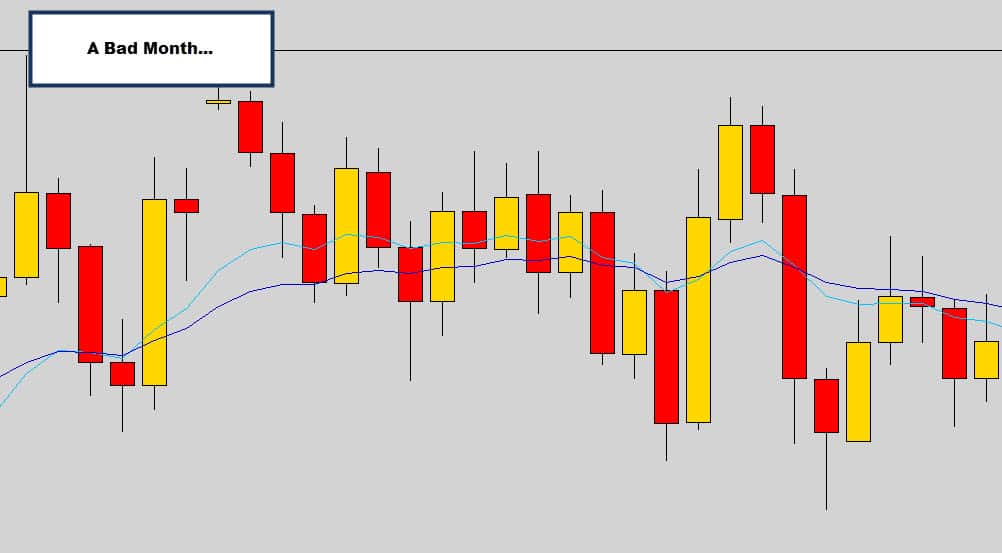
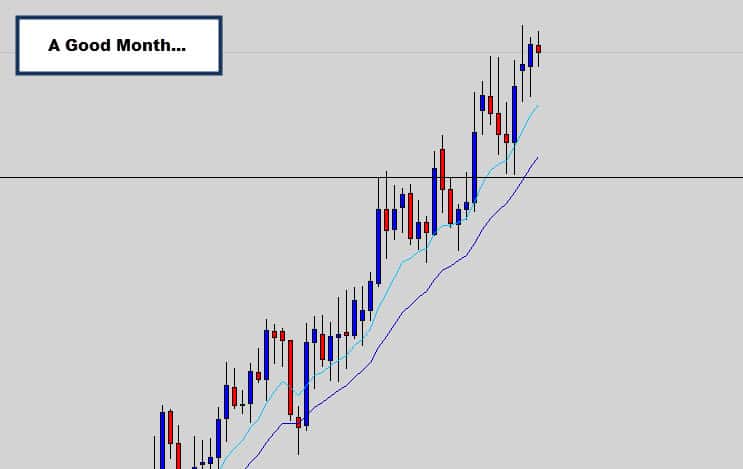
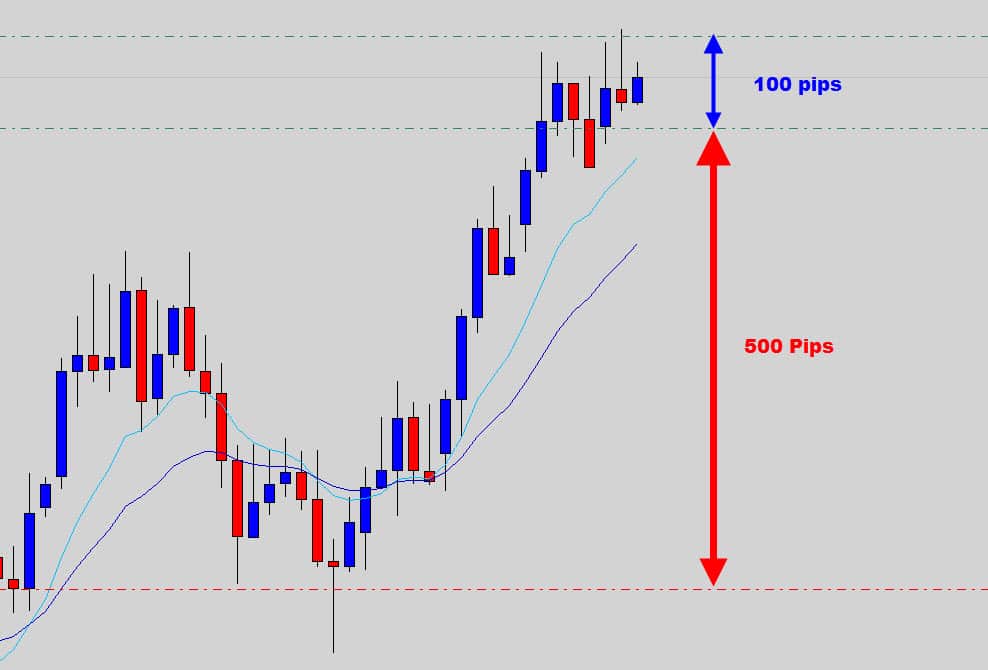
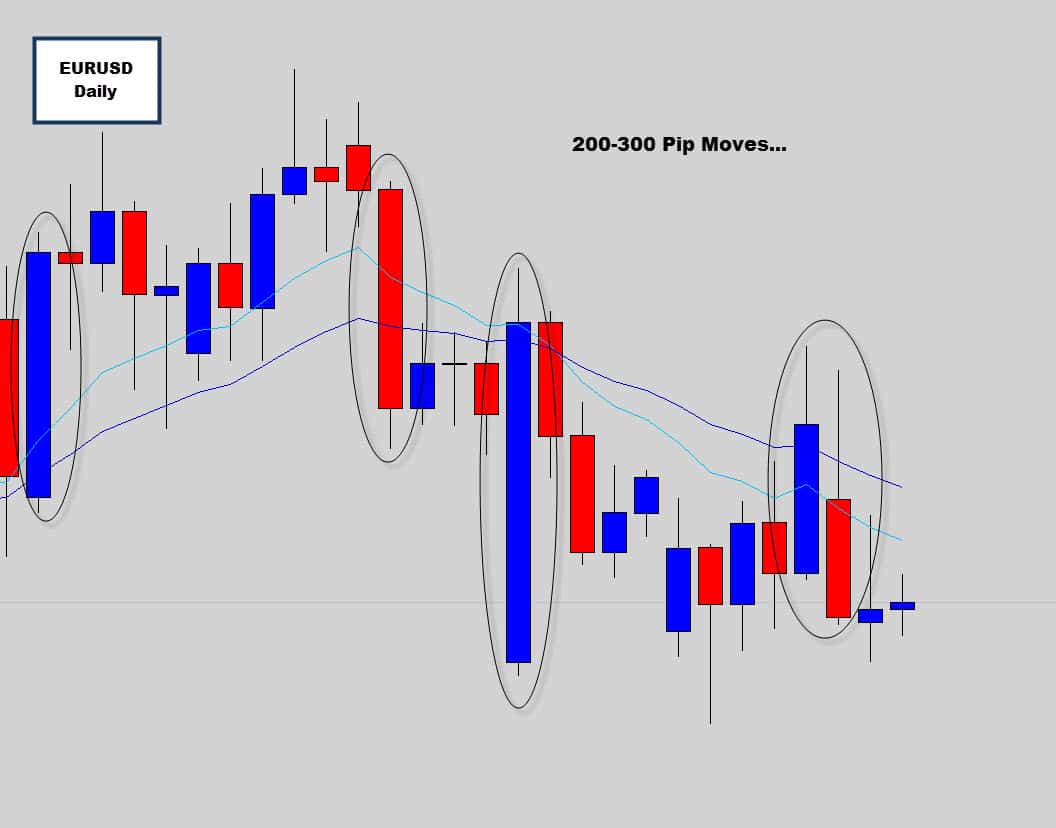
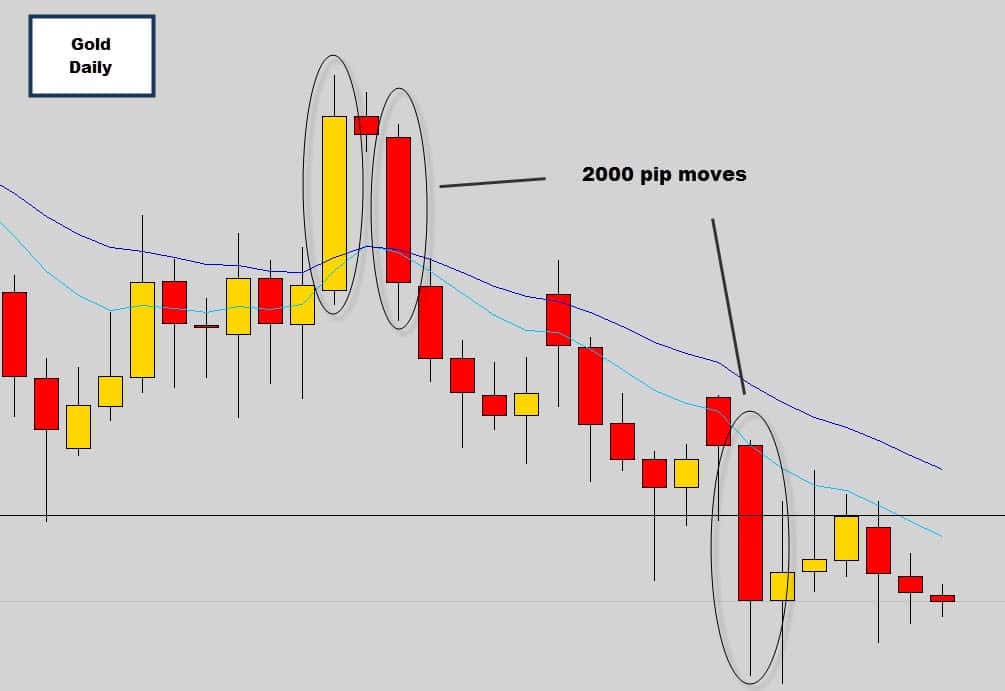
Henmba Gabriel
Very insightful and helpful.
dean
Thanks Dale this is so helpful. Your explanations contains great value which some fake gurus out there should learn
Ricardo
Great article it was very helpful. Thanks Dale
Noel k
It’s absolutely helpful for someone like myself who are preparing to jump in FX trading boat. I need thinking about desire and risk management.
Xerkley
Great article….I have been guilty of all of these at one time or another and you are helping me immensely.
Riche
Hi Forex Guy, it’s my pleasure to read every single article of yours. Thanks for all the effort. Hopefully one day I will become a full time trader. All the best! 🙂
Carmine
Hi Dale, thanks for this new article. I was wondering if you have experienced some trouble in your trading in the past month (june) due the Greek crisis, in fact markets where really uncertain and often many patterns and signals where not respected…i know also that many traders had a negative month. Cheers!
Christopher O.
There is a lot to really learn from this lesson. I couldn’t help but felt that you described me with the expression ” Forex Micro Manager.” Thanks anyway for the hints. They were really very helpful. Keep up the good work